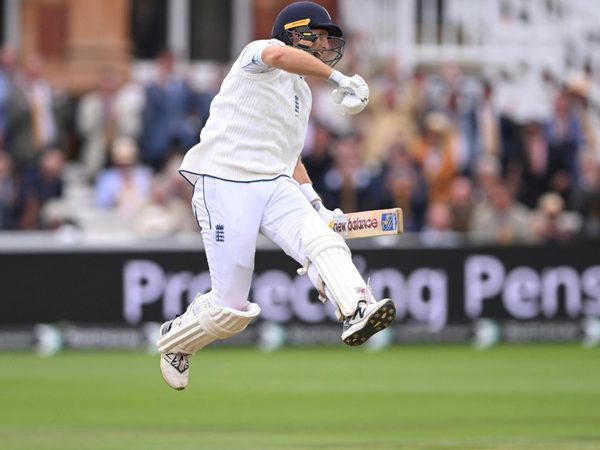
England are set to play a Test series in Pakistan later this year for the first time since 2005. What should they expect from conditions there?
There is a general assumption that the role of a spinner grows in importance for Tests in Asia. England typically take three, sometimes four spinners for tours of Asia as opposed to the two they normally pick elsewhere.
However, in the eight Tests since international cricket returned to Pakistan after a decade-long hiatus, spinners have not dominated there. Of the 11 bowlers to bowl more than 30 overs in Tests in Pakistan since December 2019, only South Africa’s George Linde averages less than 30 with the ball. Since the start of December 2019, the month of Test cricket’s return to Pakistan, spinners have averaged 49.20 in the country, the highest in the world.
That’s not to say that the role of spin has been peripheral. Tests in Pakistan have generally been slow, high-scoring affairs often played out in energy-draining heat. Even if they’re not ripping through line-ups, spinners perform important holding roles, so expect tweakers to bowl lots of overs but not necessarily take hatfuls of wickets. The 158.3 overs they have bowled per Test in the country is the fourth-highest world in the relevant time period.
Generally, it’s seam bowlers who have made the breakthroughs, averaging 31.84 between them in Pakistan since Test cricket’s return to the country. The Pakistan duo Shaheen Afridi and Naseem Shah both average less than 30 in home Tests while Pat Cummins’ series haul of 12 wickets at 22.50 is the standout performance by a visiting seamer since Test cricket’s resumption in the country. Anrich Nortje, perhaps the fastest bowler in the Test game, is another to enjoy a fruitful tour of Pakistan. While only playing three Tests in Pakistan, Mohammad Abbas – who operates in and around 80mph – has a good record there, averaging less than 24.
Overall, Test cricket in Pakistan has been high scoring and relatively slow paced since its return in December 2019. In that time period, Pakistan has seen, by some distance, the most runs per wicket in Test cricket. The average runs per wicket in Pakistani Tests in that time is 37.28, nearly three runs ahead of second-placed Zimbabwe. Four countries – Australia, West Indies, South Africa and India – have an average of fewer than 30 runs per wicket in Tests they have hosted in that time period. India, bottom of the list, has an average of 24.85 runs per wicket since the first Test back in Pakistan. The scoring rate in Tests played in Pakistan is also below average at just a smidgeon above three runs per over.
Rawalpindi and Karachi in particular, two of the three venues for England’s Test tour there later this year, are up there with the highest scoring grounds in the world in recent times. Since December 2019, both rank in the top seven highest scoring venues in terms of average runs per wicket. Multan, the other venue for England’s Test tour to Pakistan, hasn’t hosted a Test since 2006.
So, England can expect high scoring and at times slow Tests where express quicks tend to thrive. England will have their work cut out especially with the long term injuries sustained by the likes of Jofra Archer, Mark Wood and Olly Stone.








